The Editorial: Identità Virtuali
We’ve talked here before about the changing typologies of objects thanks to revolutionary technologies that have made many separate objects obsolete (iFuture, iFatigue). We’ve talked about fine art and artisanal craft in the face of digital art’s low barriers to entry (Election Day / Every Day). We’ve even talked about quickening trend cycles and the impossible superficiality of pop culture in the internet age (Hugh Holland and the Lost Art of Living). But more importantly than any of these things, most of us haven’t truly stopped to consider that our very identities have been dramatically, irrevocably changed in the past few years. We are no longer singular “I,” but instead are plural “I.” We must exist temporally, and then we must also exist in the digital world to really exist.
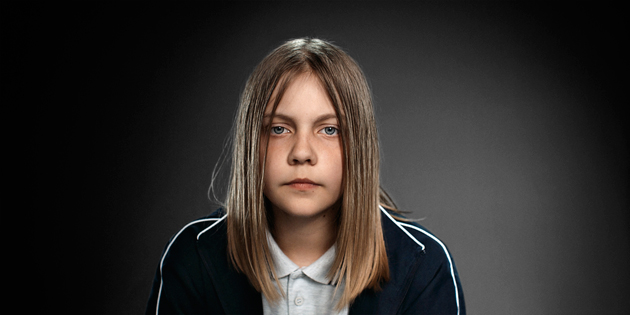
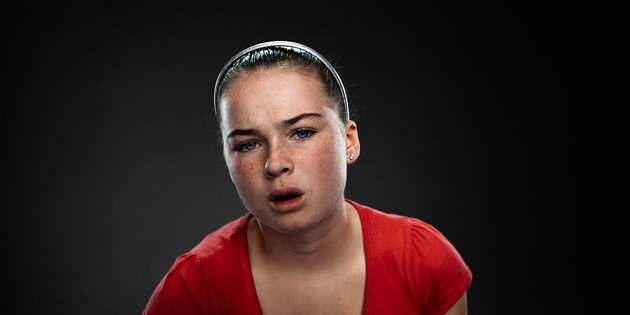
In a fantastic exhibition which opened last month, Florence’s CCC Strozzina (part of the Palazzo Strozzi museum) explores this phenomenon in depth. Without coming across as anti-utopian, the exhibition attacks questions of identity and self in the age of perpetual connectedness.
The exhibition begins with the striking works of Robbie Cooper and Evan Baden, who both explore users’ physical and mental connection to their virtual selves. Cooper’s video works record children playing video games from inside their television screens to brilliant effect: they are their virtual avatar, jumping and flinching and concentrating intensely on the task at hand. Baden’s photographs show users seemingly hypnotised by their His subjects’ fixed gazes seem to indicate an abandonment of their physical space for a complete mental transfer into their devices.
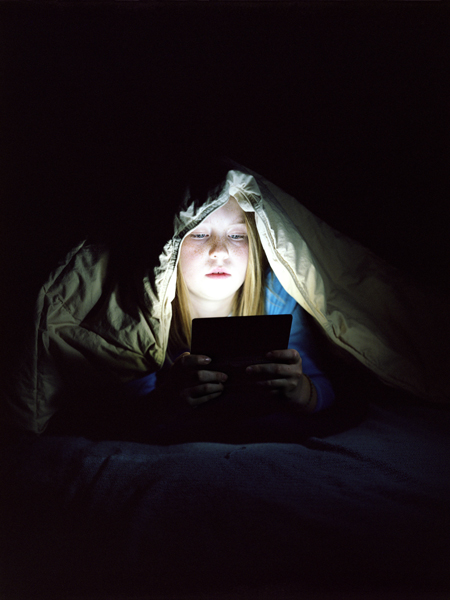
Michael Wolf’s work, which is a tongue-in-cheek mining of Google Maps Street View images around Paris asks this question brilliantly. When our spaces are completely inhabited by surveillance and recording, just what part does the individual have in it? His subjects are passers by who were (usually) unsuspecting subjects of Google’s surveying, thus creating an interesting look at the relationship between spaces, people and the digital world. Chris Oakley’s work takes this one step further, by showing a department store surveillance system which uses data from social networks to classify shoppers. And Christopher Baker’s cacophony of Skype video chats bewilderingly puts into perspective the enormity of the digital world.
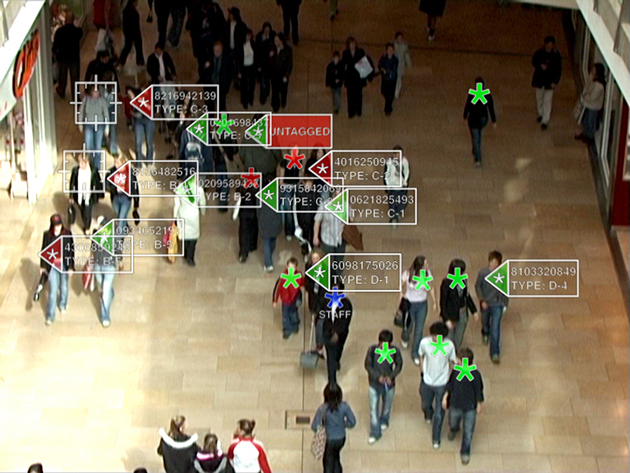
But beyond the awkward disconnect between the digital and real, we also see the positive power of social networks for activism. Diana Djeddi‘s work on the infamous viral video of a woman murdered on the streets of Iran breaks down the phenomenon and reveals the power of strong symbols used over a network (even if in error). Nicholas Felton’s obsessive self-recording work, demonstrates the power of real insight onto your own life and habits and provides a glimpse into the growing desire for self-monitoring.
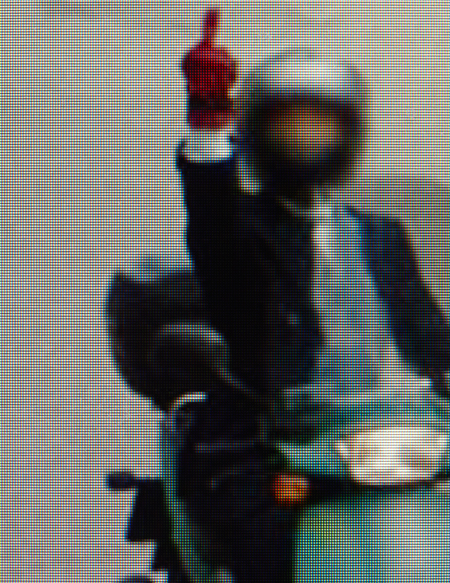
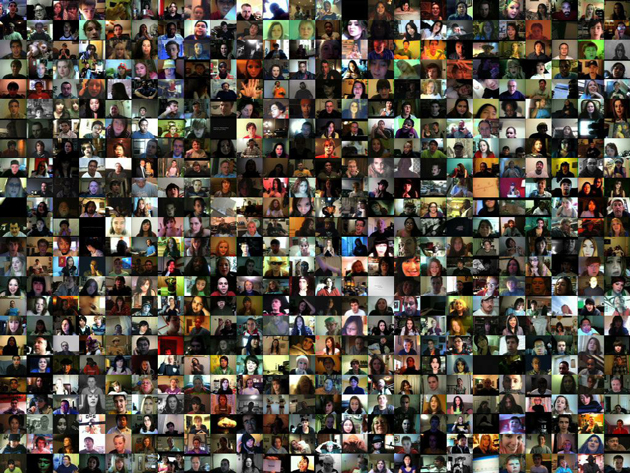
In any case, it seems clear: there is no escaping your virtual self. Even those staunch holdouts who refuse to join Facebook are being catalogued, analysed and measured up. There’s just no hiding. But instead of our digital and non-digital selves being diametrical opposites, they have instead become compliments. Chances are, in fact, that in time the two will only merge more completely.
The profound questions raised by this excellent exhibition are sweeping and will be debated by sociologists and anthropologists and economists (and everyone else) for the foreseeable future. But move wisely. As your two selves merge to become one “real” whole, remember that it’s already impossible to separate the two. Dress well, speak well. Share well, type well!
Tag Christof – Images CCC Strozzina
